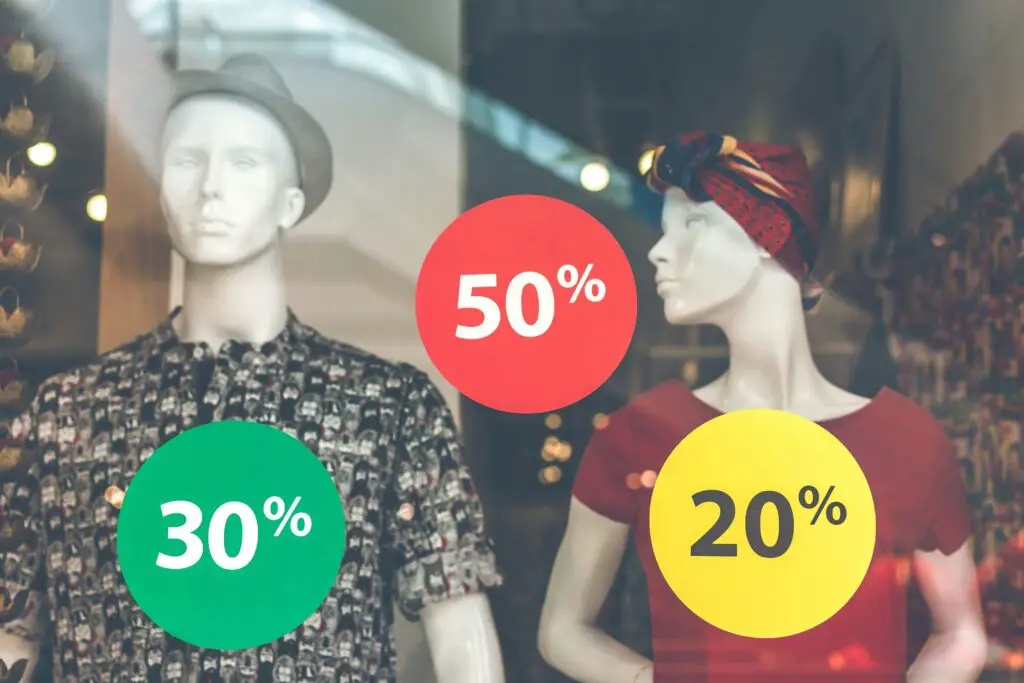Shopping can be a deceivingly complex task to complete. With the increasing influx of fast trends, quick businesses, and a competitive market, everyday shoppers will encounter an increasing amount of fraud. As a result, the trust shoppers have in businesses continues to drop. According to the Federal Trade Commission, there were 10 billion dollars in reported consumer losses to fraud in 2023. Fortunately, agencies like the FTC are enacting laws, such as the Truth In Advertising Act, to protect consumers. However, these regulations do not prevent all acts of fraud, as shown in the viral video below.
Viral Video: Fraud or a Fake?
This video, which has swept the internet, shows a popular YouTuber and influencer playing a prank on a mattress store employee. The YouTuber is supposedly shopping in a mattress store when he asks an employee if the beds are durable enough for jumping. The worker confirms, saying they are most definitely stable enough for him to stand and jump a little bit.
The YouTuber then climbs onto a nearby display dresser, preparing himself to jump. In shock, the store worker tries to get him down, saying that the mattress could not handle that level of force. Despite this, the YouTuber continues, jumping on the bed from the dresser. As he lands, he creates a huge crash, knocking the mattress out of the bed frame. Afterward, the YouTuber says, “Well, it broke. That’s false advertisement.”
So, is this mattress employee guilty of causing false advertisement, or did the YouTuber who was likely pranking him purposefully ignore his description of the mattress?
Truth in Advertising Act Analysis:
Popular TikTok attorney Ugo Lord advises that if you make any advertisement or claim about your products, you must be prepared to support it with evidence. If a store falsely advertises a product, it could face a false advertising lawsuit.
Advertising is not held to strict standards when “puffery” is involved. Puffery occurs when an ad intentionally exaggerates claims about a product, making it clear to customers that the claims are likely inflated. In most advertising cases, whether an ad is “believably true” depends on whether a “reasonable person” would find it credible.
In this incident, the YouTuber was trying to pull a stunt. After asking if he could jump on the bed, he climbed to a height that no reasonable person would reach. With the addition that the worker adamantly asked him to stop and said it wouldn’t be durable enough, the YouTuber still went through with the unreasonable jump. The store would not be guilty of false advertising, and the Youtuber would likely have to pay the damages for the mattress.
What is the Federal Trade Commission (FTC)?

The Federal Trade Commission (FTC) is a governmental agency that protects consumer rights and safety. Its various laws and acts dictate acceptable advertising practices to ensure honesty and fairness in advertisements.
The commission passed the Truth in Advertising Act in 1913 and became the legal regulatory authority in 1914. Over the years, fraudsters have significantly changed their methods and tactics. From old-fashioned snake oil to cutting-edge cyber scams, the FTC has adapted to protect consumers from all possible dangers.
One interesting aspect of the Federal Trade Commission is that it monitors all types of advertising. Of the various advertising streams, it oversees media such as newspapers, print, electronic, radio, and letters.
As a federal agency, the Federal Trade Commission has the legal authority to regulate false advertising. Of their powers, they are quickly able to pull ads from media streams, issue fines, and force companies to correct their incorrect claims. The FTC doesn’t regulate or proofread media before publication, so businesses must adhere strategically to their laws and guidelines.
The Truth In Advertising Act

As mentioned, the Truth in Advertising Act was passed in 1913. During the turn of the 20th century, the industrial boom in America created an influx of dishonest businesses. Originally, the act aimed to curb the amount of “snake oil” salesmen, although it has morphed to protect consumers from all forms of media advertising.
The act requires all advertisements to present claims truthfully. Any advertisement that contains deceit or that is unfair to the consumer would be in violation of its rules. In addition to this, the act adds extra protection to specific advertising situations. Some unique rules in the act include:
- Advertisements to children must consider parental care. Advertisements targeting kids are typically subject to stricter regulations.
- Environmentally friendly claims must have some sort of scientific support.
- Health advertisements must have scientific support or endorsements from health professionals. Similar to advertisements for children, health advertisements receive close supervision.
- Telemarketing advertisements must adhere to strict “no call list” rules.
- Claims of products made in the U.S. must have a clear record of manufacturing locations.
Under the act, deceit is considered present when an ad explicitly lies or omits information. Deceitful ads are purposefully created to sway a buyer’s decisions by ignoring or lying about facts. Unfair ads are those that may cause an unavoidable consumer injury if purchased.
The FTC tries to manage all U.S. businesses to ensure the safety of American consumers. They have had some huge media cases in the past, involving major businesses such as Snapchat, Nissan, and Activia.

